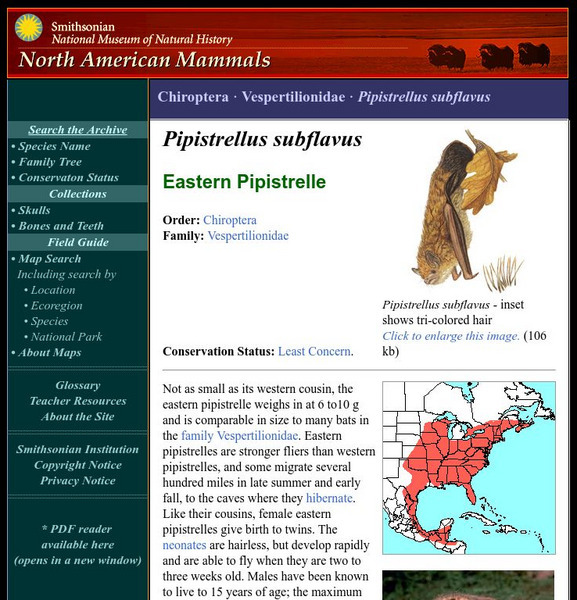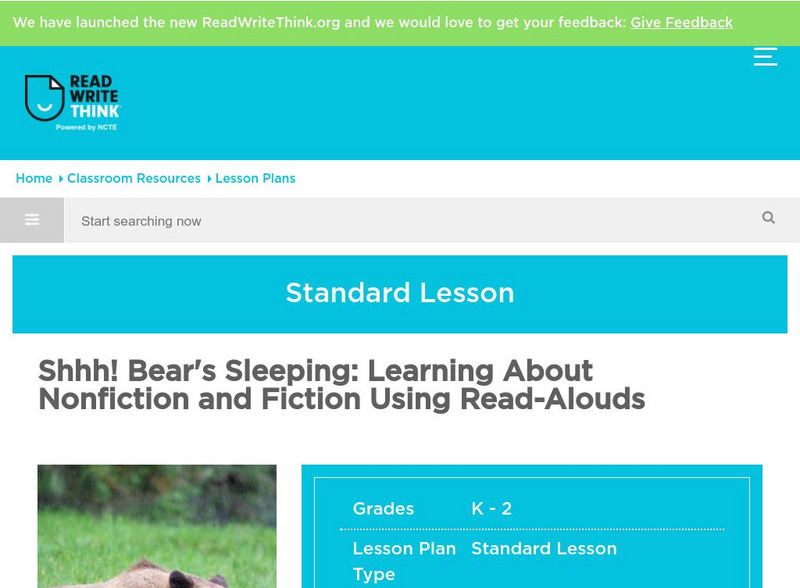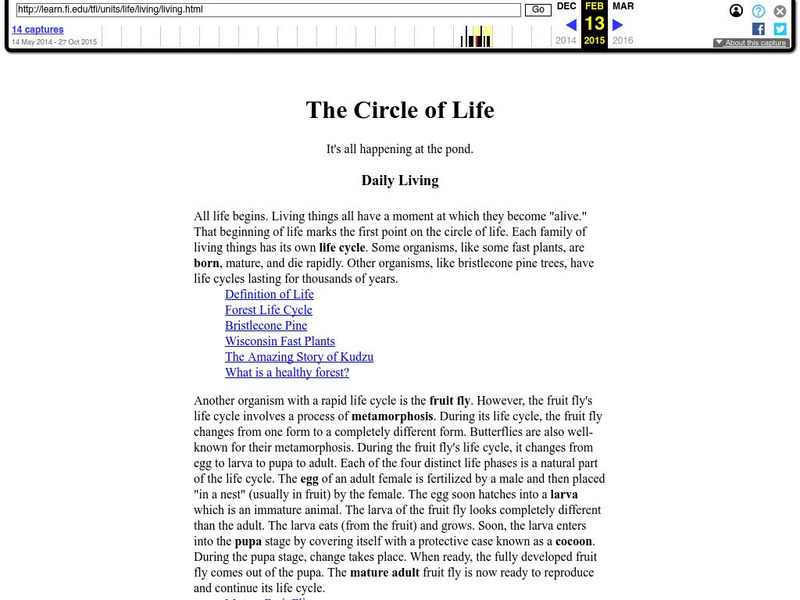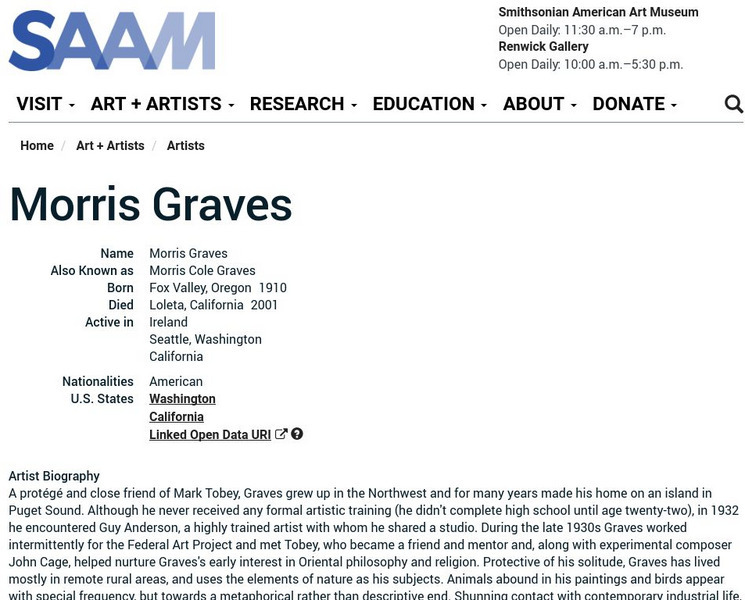Smithsonian Institution
National Museum of Natural History: American Mammals: Eastern Pipistrelle
Not as small as its western cousin, the eastern pipistrelle weighs in at 6 to10 g and is comparable in size to many bats in the family Vespertilionidae. Eastern pipistrelles are stronger fliers than western pipistrelles, and some migrate...
Smithsonian Institution
National Museum of Natural History: American Mammals: Western Red Bat
This close cousin to the eastern red bat (Lasiurus borealis) is genetically distinct. These bats are found along the west coast and the southwestern US and into Mexico where they are thought to hibernate in the winter. Learn more about...
Sea World Parks & Entertainment
Sea World: Polar Bears
Outlines the characteristics of the polar bear, including classification, habitat, behaviors, and conservation. Helps students identify with polar bears with a list of "Books for Young Readers." Information at a level of upper...
ReadWriteThink
Read Write Think: Shhh! Bear's Sleeping: Learning About Nonfiction and Fiction
Young scholars explore the distinction between the fiction story Bear Snores On and the nonfiction book Every Autumn Comes the Bear.
Read Works
Read Works: Animals Get Ready
[Free Registration/Login Required] Students read about how different types of animals prepare for winter. A question sheet is available to help students build skills in classifying and categorizing.
Read Works
Read Works: Animals Get Ready
[Free Registration/Login Required] An informational text exploring different ways animals prepare for winter. A question sheet is available to help students build skills in reading comprehension.
The Franklin Institute
The Franklin Institute Online: The Circle of Life
The Franklin Institute explores how "each family of living things has its own life cycle." Links to many resources are woven together with narrative at this site.
Other
Contra Costa County Office of Education: Bats: Why Should You Care?
At this site, provided by the Contra Costa County Office of Education, you can get the facts on bats and their environment.
Khan Academy
Khan Academy: Timekeeping
Why do we need calendars and clocks? To survive in this complex society, you need to track what others are doing and when they're doing it. You also need to know what's happening in the natural world. This article discusses how/why...
CK-12 Foundation
Ck 12: Life Science: 8.5 Cyclic Behavior
Explore different types of cycles in animal behavior.
Environmental Education for Kids
Eek!: Seasonal Observations
Have you ever wondered what is going on under the snow? Why leaves change colors? How migratory birds find their way? Find the answers and check out these ideas on how to explore, discuss, or celebrate based on our four seasons!
Unique Australian Animals
Unique Australian Animals: Western Swamp Tortoise
Use this site to the facts about an endangered Australian tortoise called the Western Swamp Tortoise.
Curated OER
Little Brown Bat
The little brown bat lives along streams and lakes in North America. It forms nursery colonies in buildings. In the winter it hibernates in caves and mines. The content of this resource includes a look at this species' range, habitat,...
Curated OER
Little Brown Bat
The little brown bat lives along streams and lakes in North America. It forms nursery colonies in buildings. In the winter it hibernates in caves and mines. The content of this resource includes a look at this species' range, habitat,...
Curated OER
Little Brown Bat Baby
The little brown bat lives along streams and lakes in North America. It forms nursery colonies in buildings. In the winter it hibernates in caves and mines. The content of this resource includes a look at this species' range, habitat,...
Curated OER
Little Brown Bat
The little brown bat lives along streams and lakes in North America. It forms nursery colonies in buildings. In the winter it hibernates in caves and mines. The content of this resource includes a look at this species' range, habitat,...
Smithsonian Institution
Smithsonian American Art Museum: Morris Graves
As part of the Smithsonian Art Museum's database of artists, this site provides biographical information on Morris Graves in addition to an extensive listing of his works as displayed at the museum.
Science and Mathematics Initiative for Learning Enhancement (SMILE)
Smile: Animal Behavior
Lesson plan that allows learners to investigate the effect of water temperature on fish behavior. Students measure, collect data, and interpret the results.
Other popular searches
- Animals Who Hibernate
- Amphibians That Hibernate
- Animals That Hibernate
- Do Starfish Hibernate
- Animals Hibernate
- Seven Animals Who Hibernate
- Migrate and Hibernate
- Ocean Animals Hibernate
- Seasons Hibernate
- Do Aye Ayes Hibernate
- Do Invertebrates Hibernate
- What Animals Hibernate












